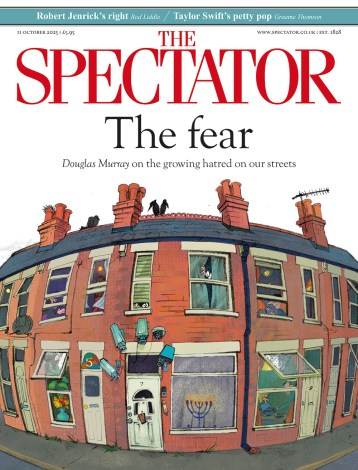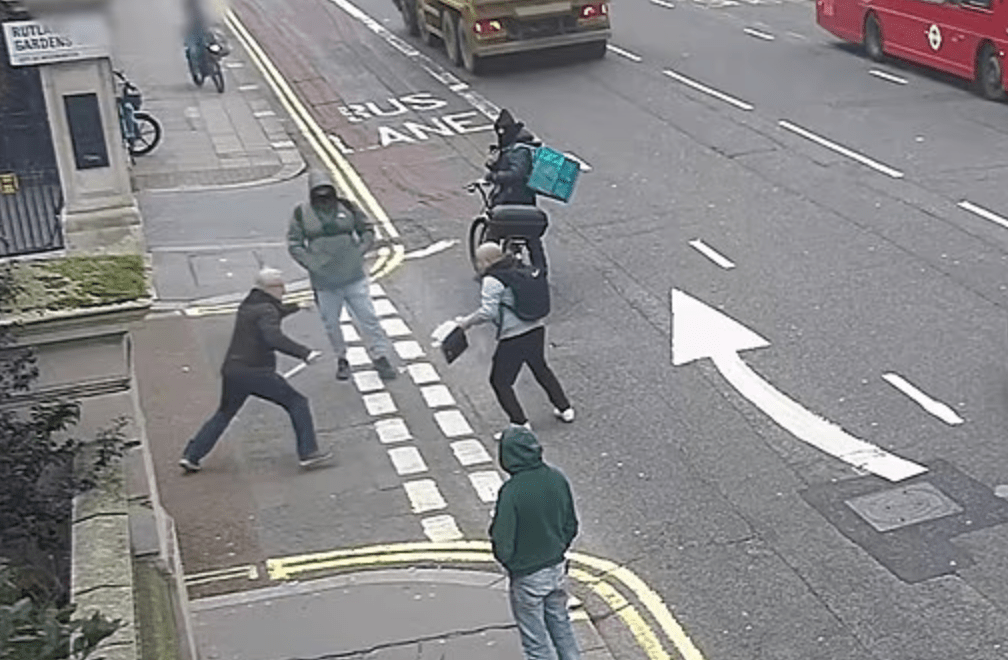In retrospect, it’s easy to justify any election outcome. This election won’t be any different. In fact, it will be easier than ever to explain the result.
He hadn’t won an election since 2016. He ran a campaign of fear and division. Between elections, he was convicted of 34 felonies. He picked a Vice Presidential candidate with narrow appeal. He struggles with rambling. He isn’t popular. He never has been. Of course Kamala Harris won the election.
On the flip side: she couldn’t break through into double digits in her own party’s primary polling. She’s held both sides of almost every public policy position – and refused during the 2024 campaign to clarify what she thinks now. She picked a Vice Presidential candidate who couldn’t even beat the less popular Republican VP candidate in a debate. She struggles with rambling. She isn’t popular. She never has been. Of course Donald Trump won the election.
That’s the oddity of this campaign: the narratives are clean and simple, yet no one seems able to call it for either candidate. Perhaps it’s because both are persuasive. Maybe America really is split right down the middle as to which storyline they prefer, and it will all come down to turnout.
But if it isn’t knife-edge – and it doesn’t take days to call the election – why wasn’t the answer obvious? If one candidate has won decisively over the other, why weren’t the pollsters and the analysts able to see it coming?
I suspect one explanation will emerge: that it was near-impossible for pollsters to answer the key question in this election. It is not: which candidate you will vote for? Rather: which candidate will you never vote for?
It’s not just about the candidate, but about the consequences that follow from putting them into the Oval Office – so many of which remain unknown. Under which scenario could you simply not forgive yourself: if Harris starts a war, or if Donald Trump pulls funding from Ukraine? Which policy do you find more incoherent: price controls or trade wars?
Neither candidate has been fully forthcoming about their plans, so voters have to subject their imagination to coming up with the worst possibilities, the most damaging outcomes, to conclude which way they simply could not vote. While Trump has a bit more upfront about specific policy plans, he’s not helped by the defence of his own supporters, who say that at least half of what Trump promises he ‘doesn’t mean’ or ‘won’t do’.
The ‘never’ vote becomes increasingly complicated when you factor in that this is not the first election where voters are being asked to choose one candidate to directly reject the other. That was Hillary Clinton’s message in 2016: one that was nearly successful, had she bothered to campaign in the Rust Belt states on a few more occasions (a mistake the Harris campaign has not made). It was certainly Joe Biden’s message: one which worked in 2020, and was quickly vindicated by the events on 6 January, which contrasted the message of unity delivered at Biden’s inauguration.
The problem is that unity wasn’t delivered. There were no signs of even a weak attempt to do so. Trump-sceptic voters are being told – not for the first, or second, but third time – to actively support a Democratic nominee simply because they can’t stand the other candidate. Even for the voters who will do so, yet again, the narrative is tired. They could be forgiven for thinking that casting that protest vote does not really move politics on.
Pity any pollster who has to capture that in the data. Pity voters who, once again, are taking part in an election that has been framed in ‘lesser evil’ terms.
Watch more from Spectator TV:








Comments